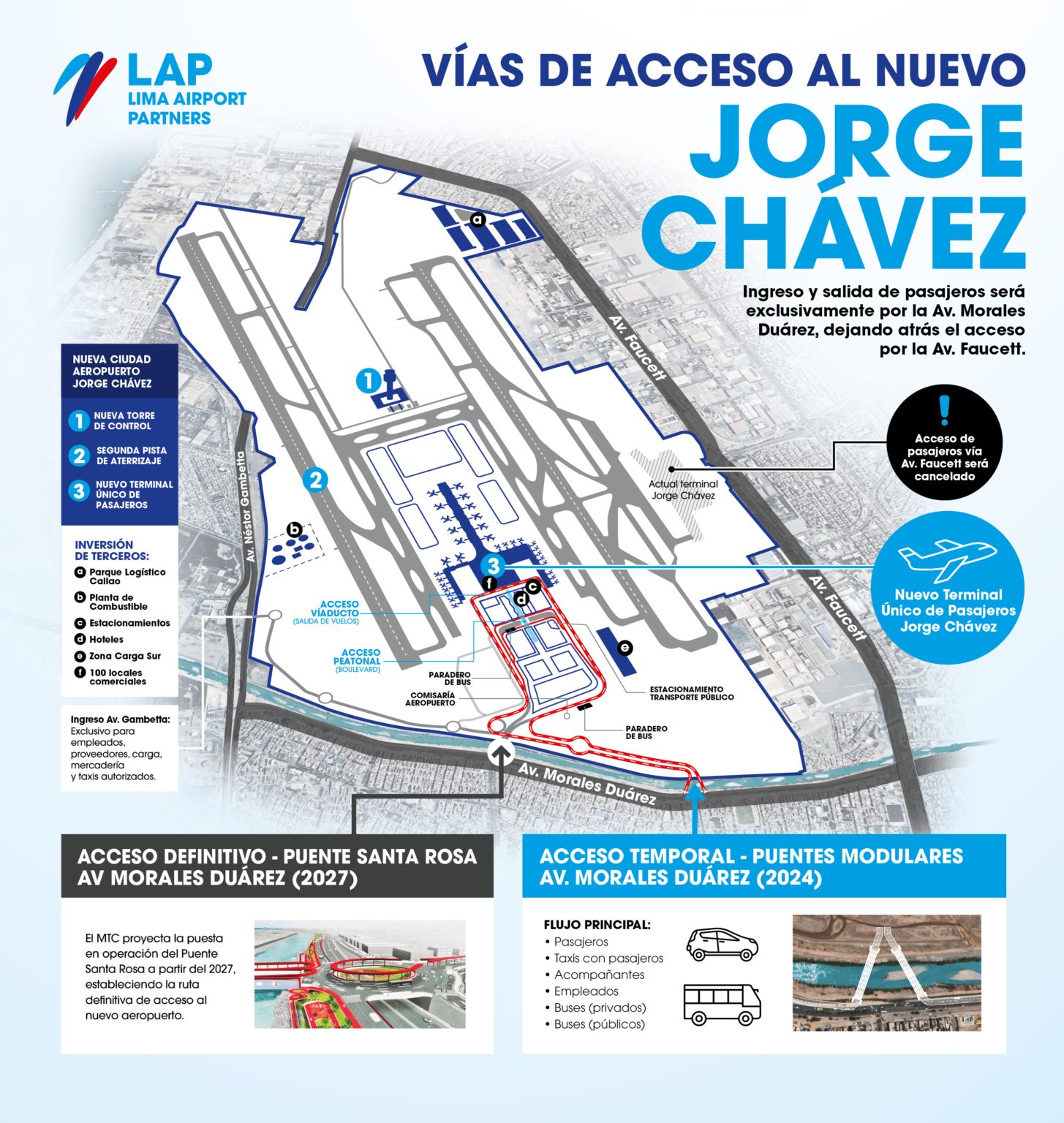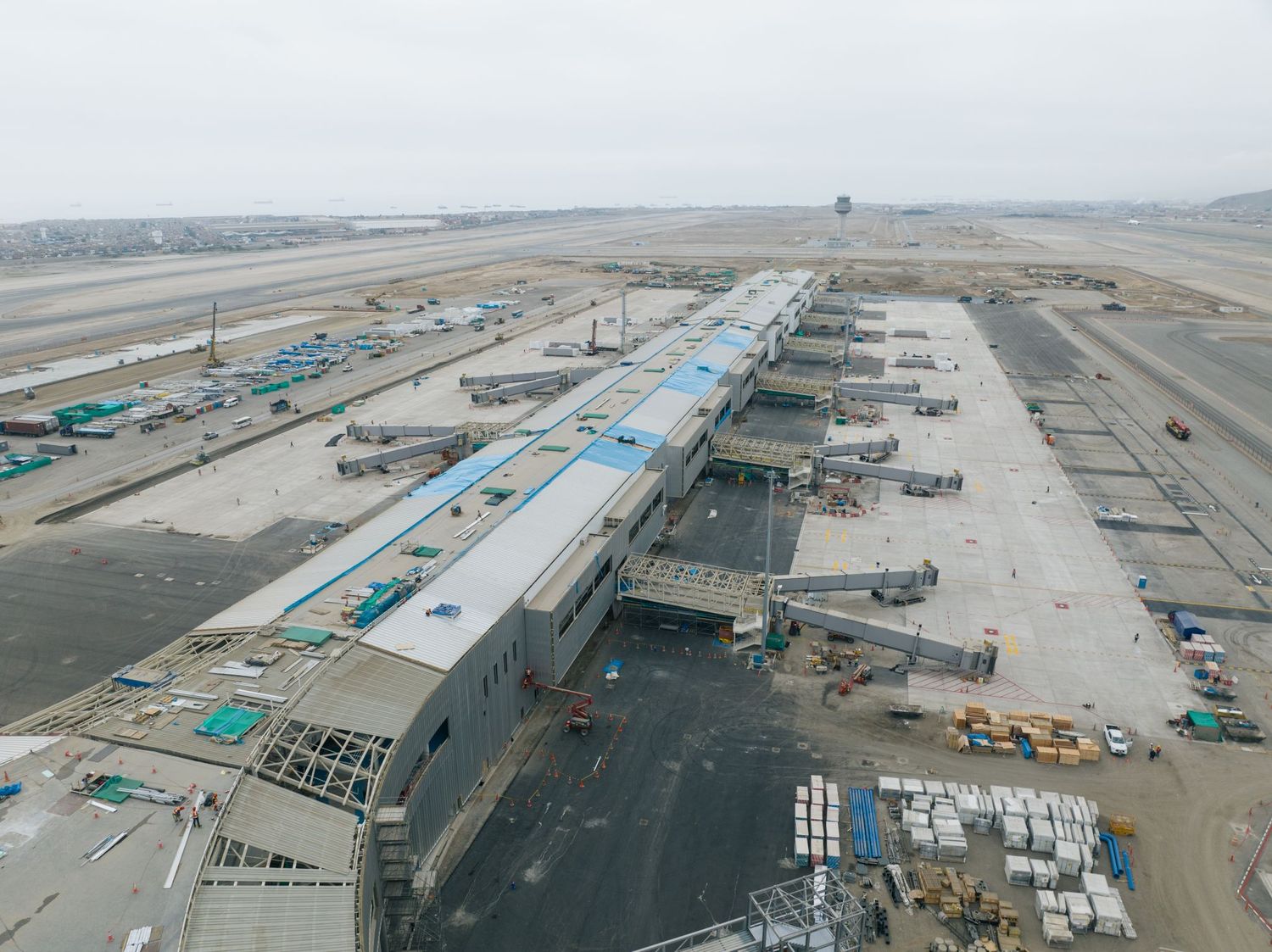Peru’s Minister of Transport and Communications, Raúl Pérez Reyes, announced today in a press conference that the government is considering the construction of a monorail to facilitate access to Lima’s new Jorge Chávez International Airport.
According to the minister, the medium-term project would involve building an elevated rail line starting from the current airport terminal, crossing Quilca Station on Metro Line 4, and then connecting directly to the new terminal.
"Given the decision of Line 2 not to build the underground tunnel, we are proposing a monorail that will depart from the current terminal, stop at Quilca Station, and then enter a station inside the new airport," Reyes stated, as reported by Peruvian newspaper El Comercio.
However, such a large-scale project seems almost unrealistic, considering the planning failures that have plagued the development of vehicular access to the airport.
Airport Construction Nears Completion Amid Operational Challenges
The minister also confirmed that the new terminal is over 99% complete, with operational testing set to begin in the coming days. These tests will be conducted in coordination with airport operator Lima Airport Partners and various airlines to ensure the facility is ready for its scheduled opening on March 30.

Meanwhile, in an interview with Aviacionline, Peter Cerdá, IATA’s Vice President for the Americas, commented on the situation in Lima, emphasizing that "the key is to open when it is ready and under acceptable conditions."
"We have already postponed the inauguration twice—at the request of the industry—but every delay negatively impacts the industry, consumers, and the country," Cerdá said. "We must learn from the previous delays to finally identify any remaining issues, develop an action plan, and resolve them in time for the March 31 deadline."
Poor Planning of Airport Access Routes
Cerdá also addressed the airport’s access issues, which the proposed monorail could help alleviate. He criticized the poor planning, particularly regarding Avenida Santa Catalina, originally intended as the main access road to the new terminal.
"The bridge construction has not even started yet, meaning we face a two-year wait," he explained. "During this period, passengers will have to rely on the existing road, which is already heavily congested."
"Temporary bridges are being installed, but this is something that should have been planned during the airport's construction. We hope this serves as a learning experience—not just for Peru, but for other countries as well. When developing infrastructure projects of this scale, it’s not just about building the terminal or the runway; the supporting infrastructure for airport access must also be planned in advance," Cerdá concluded.


Comentarios
Para comentar, debés estar registrado
Por favor, iniciá sesión